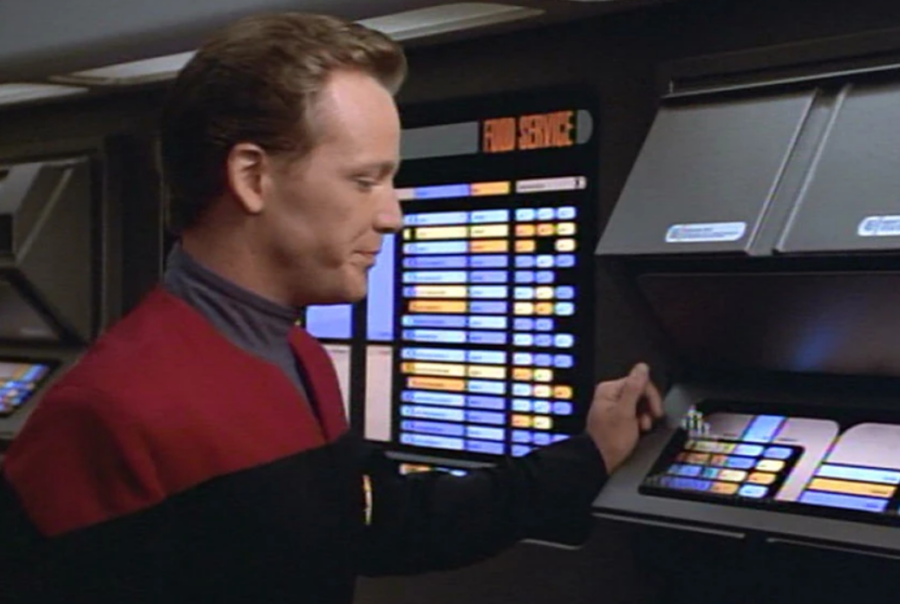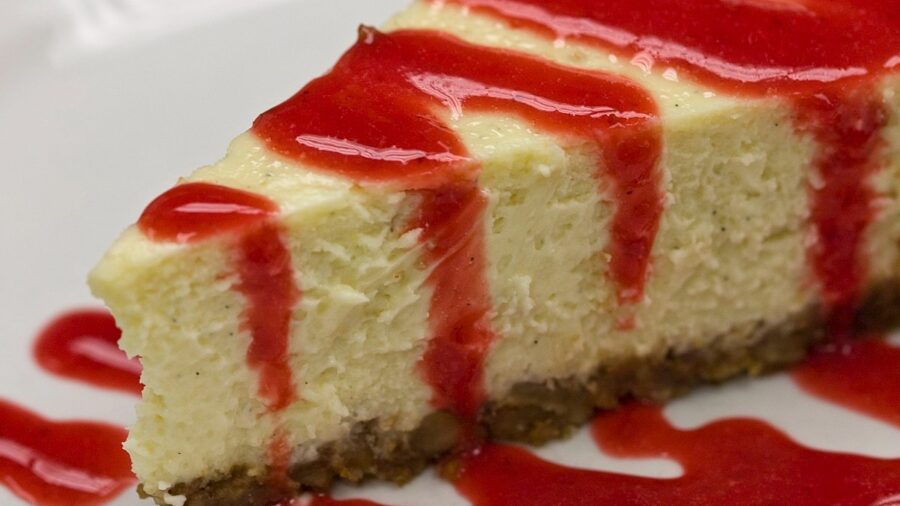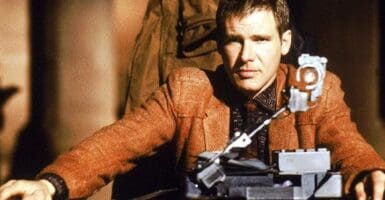Star Trek Replicators Becoming Real?
Science fiction is becoming reality as Star Trek replicators are becoming more like real-world 3D printers.

Star Trek replicators, the fictional relative of 3D printers, are starting to be less of a science fiction concept and more of a real-world invention. According to the NPJ Science of Food, a new experiment was able to successfully cook a slice of seven-ingredient vegan cheesecake completely through 3D printing, which would surely make Captain Jean-Luc Picard proud.
The cake was printed completely via software with no human intervention whatsoever. The “cooking” part of the process was achieved via lasers that the scientists in charge of the process compared to heating your food with a creme brulee torch. The process itself is referred to as additive manufacturing, or AM for short.
Surprisingly, using AM to impersonate Star Trek replicators via 3D printers is nothing new. Since 2007, the concept of AM in food production has been explored by both industry and academia. A commercially available chocolate printer first hit the market in 2012. NASA, fittingly, has also dabbled in the food production of AM, exploring the possibility of printing food for space travel.
Edible printing involves a mechanized program that deposits pastes, powders, and liquids in a specific arrangement according to a digital blueprint. Aside from the above-mentioned cake, other innovators are using technology that mimics Star Trek replicators to develop bread-making-droids, automatic salad tossers, pizza-making bots, and 3D printers that churn out plant-based meat.

During your last trip to the grocery store, you may have bought food made with machines similar to Star Trek replicators without even knowing it. Chances are you’ve already eaten food that’s been “printed.” Lots of heavily consumed products like Nutella, peanut butter, and even mustard are extruded as paste and can be technically classified as printed.
The food that came out of the Star Trek replicators didn’t always look appealing–especially on the original series– something that, sadly, the food coming out of today’s 3D printers doesn’t particularly improve upon. A seven-ingredient cheesecake is impressive on paper until you see it and realize it was literally assembled layer by layer. The result looks more like baklava than cake.
Looks aside, using AM to print food opens up a world of possibilities never before explored in the culinary world. Constructing edible meals through technology resembling Star Trek replicators allows for 3D printers to localize flavors and textures down to the millimeter. Imagine eating a pie and getting an explosion of delicious cherry flavor in one bite while the next bite delivers the taste of an all-American apple pie.
While the processed nature of 3D food might turn some people off, the benefits far outweigh the negatives. On Star Trek, the replicators represented a utopian vision of unlimited food for anyone who wants it anytime, cost-free. The science fiction classic imagined a future where world hunger has essentially been wiped out forever.
That utopian dream could become a reality if AM food construction becomes widespread. If the process of creating food as if it popped out of one of the Star Trek replicators gains mass acceptance, 3D printers could be the key to ending childhood malnutrition in countries across the globe. That’s the kind of dream that would cause even the crustiest of captains to say, “Make it so!”












